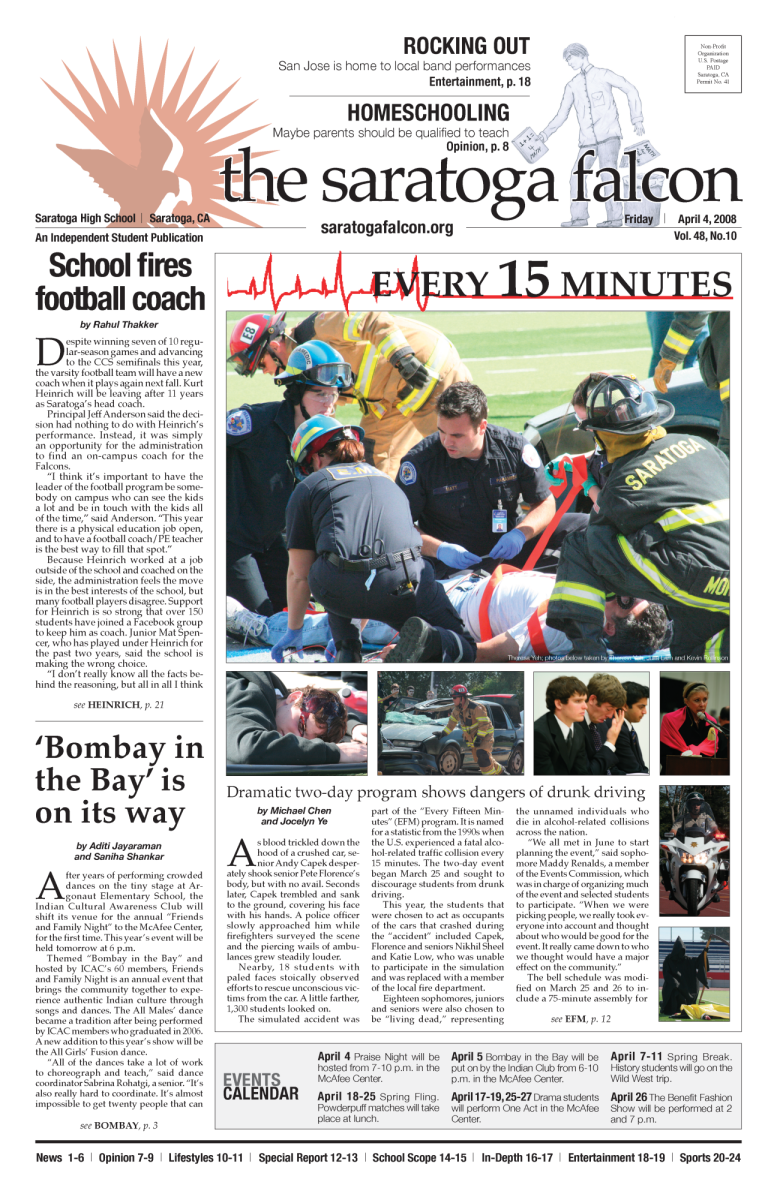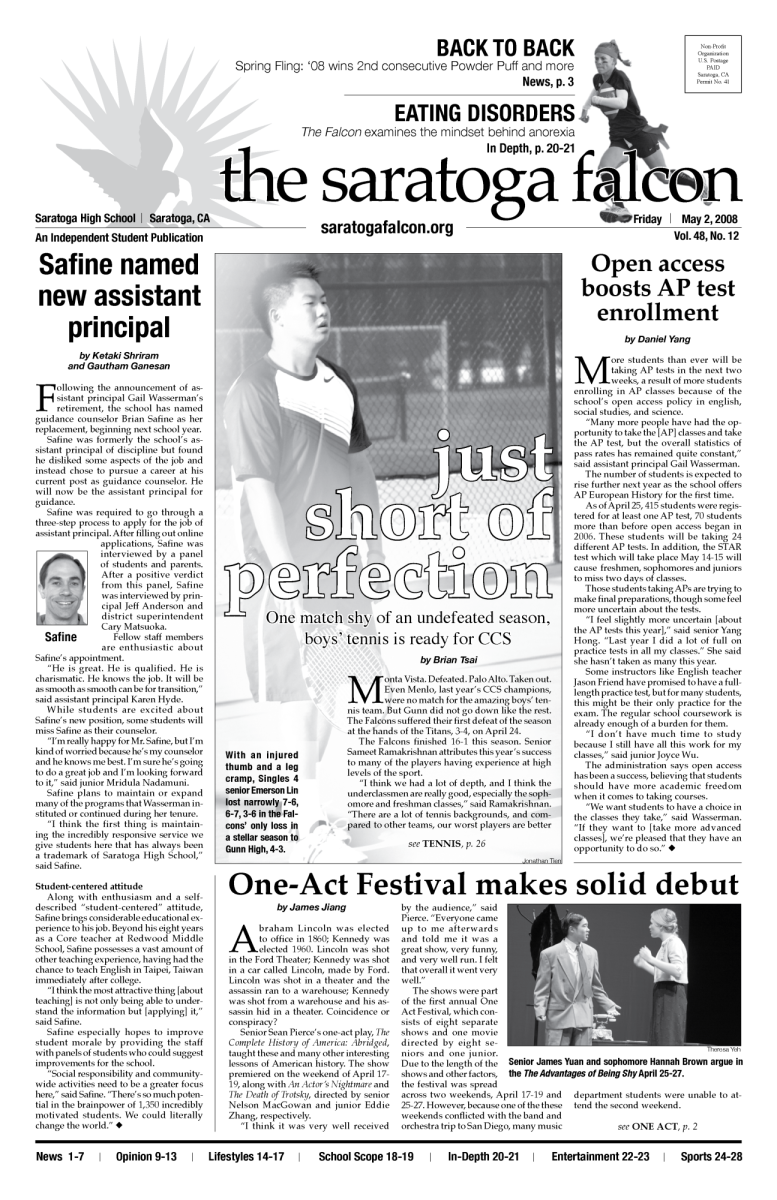For many teachers, the adoption of online learning due to COVID-19 has been like taking a voyage in uncharted waters: difficult and hard to navigate, but enjoyable when it is successful.
With many new modes of learning available, teachers have to learn and adapt quickly to provide students with the best education possible.
For science teacher Cheryl Lenz, who uses Canvas and AP Classroom to teach asynchronously (meaning the class is set up as a series of tasks to complete rather than live teaching), the switch to online learning has been challenging because of the suddenness of the outbreak.
A large issue for her and many other teachers is that they must relearn or reformat their curriculum since online education is new to many of them as well. Although the district has provided them with guidelines and training sessions, many tasks that previously would have taken a short amount of time now take significantly longer or are impossible to complete.
“I’ve had difficulty putting together quizzes for my students, and we ran into some glitches with some of the questions,” Lenz said. “Thankfully, those were practice quizzes, and I now have a better idea of how to use [the Canvas quiz tool], but it still takes a very long time to put a short quiz together, which can be frustrating to say the least.”
On the other hand, chemistry teacher Kathryn Nakamatsu has found the transition to online education somewhat easier because she has previously prepared video lessons for her students.
Despite this, she said that the class has lost much of its hands-on nature since students no longer have the opportunity to attend in-person lectures and labs. Previously, students would follow along with fill-in-the-blank notes and perform labs in class with pre-prepared materials, but this is no longer an option. Nakamatsu has implemented various replacements to in-class labs and assessments in an effort to maintain the kinesthetic environment her class normally thrives on.
“[In-class activities] are much harder to do, and I’m saddened that students no longer get hands-on experience,” she said. “I’m still figuring out how to work around it, but I’m planning to use a combination of dry labs (where students analyze given data) and lab simulations. As for tests, I’ve assigned performance assessments that students will do at home.”
Nakamatsu has also established a daily Google Meets system in an effort to increase interactivity. Despite her class being mostly asynchronous, she hopes that students will use this opportunity to ask questions and keep in touch with friends.
For AP Lang teacher Matt Granoff where curriculum is mostly discussion based, synchronous learning is a must, but can be difficult to accommodate.
“I have a 3-year-old at home, so holding lengthy classroom discussions over Zoom can be quite hard,” said Granoff. “That is why I am also using another learning platform [Discord] to hold these discussions.”
Discord, compared to Zoom, allows for students to hold small group conversations in “mini-calls,” without much teacher supervision. Although similar to Zoom’s breakout room feature, Discord’s small group call gives teachers like Granoff more breathing room, without the hassle of organizing groups and assigning tasks.
“With Discord, you can have different channels that allow you to post whatever is needed,” said Granoff. “I have a ‘classroom’ channel to post the daily agenda, and ‘mini-group’ channels for students to discuss their discussion ideas. The good thing is the posts don’t disappear, so I can always refer to it on my own time.”
For their part, many students are also having trouble adjusting to the new mode, and most teachers are doing everything in their power to make this unprecedented transition easier, Nakamatsu said.
“Like many other teachers, I’m trying to keep my expectations low,” Nakamatsu said. “For most assignments, I’m grading on completion only, and if I notice a student is not turning in work, I contact that student, as well as their parents and counselor if needed — more out of concern for their well-being than anything else. Above all, patience with yourself and others as we go through this new way of teaching and learning [is absolutely necessary].”
These efforts haven’t gone unnoticed. To senior Albert Xiao, teachers have played a pivotal role in making online education manageable despite how frustrating the transition has been at times.
“I’m thankful for the hard work teachers are putting in to make online schooling as smooth as possible, even when it feels like the world’s about to end” Xiao said. “They’re doing an awesome job.”




























